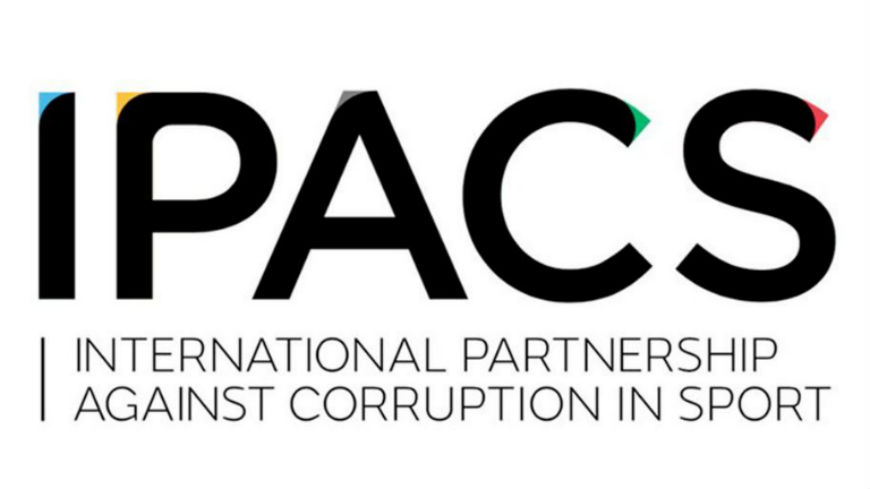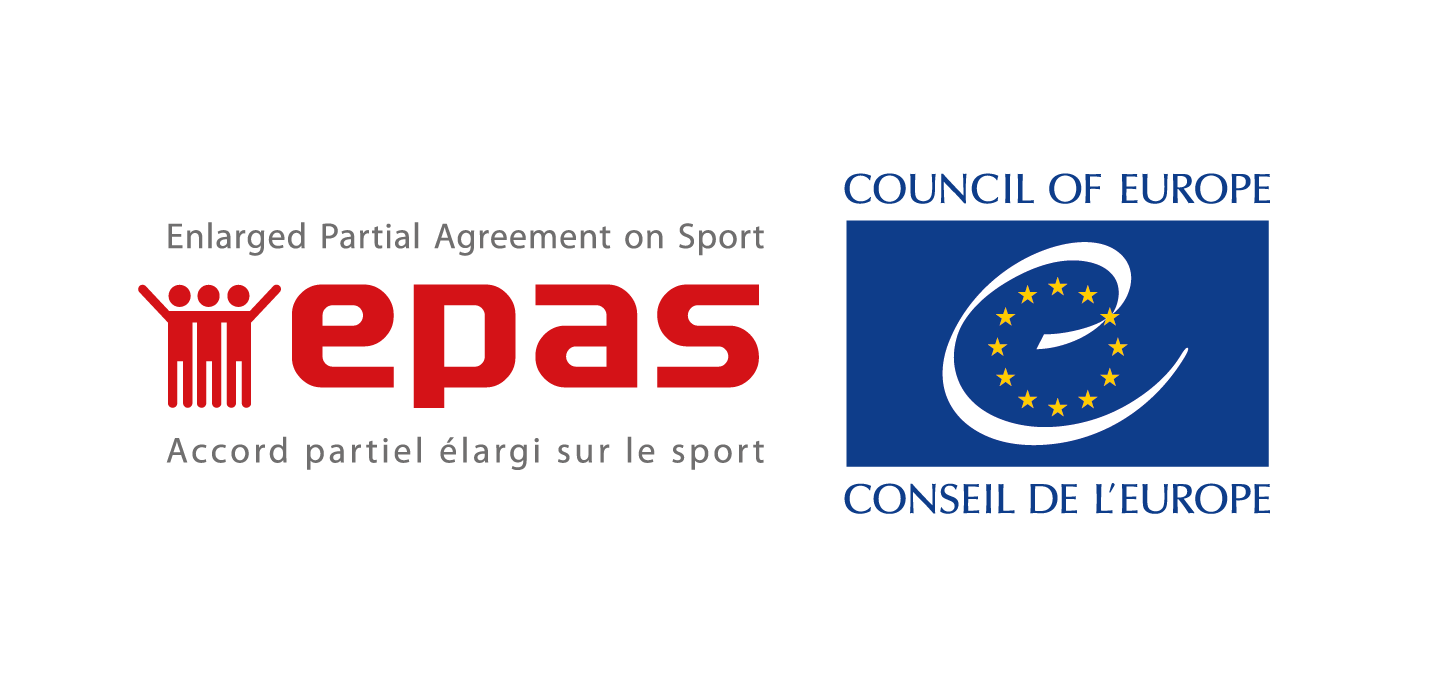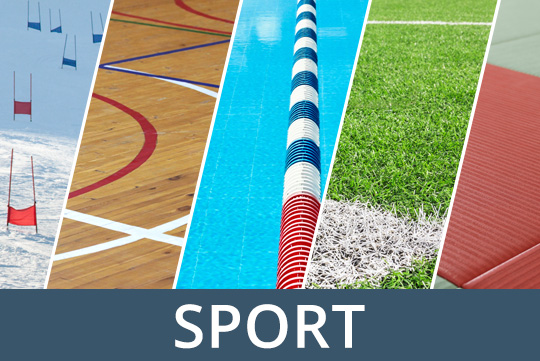IPACS Governance Benchmark
Among the four task forces created by IPACS to improve coordination and action against corruption in sport governance, Task Force 3 set out to develop a benchmark for sport governance, recognised by both the international sport movement and governments, and applicable at national and international levels, as well as to present options for advising, supporting and monitoring compliance with the benchmark at international and national levels.
The benchmark was approved in 2020 and includes the five dimensions listed below, with ten recommendations and their guidelines for each dimension.
The recommendations will be soon available on the webpage.
Webpage of the IPACS Governance Benchmark overview
TRANSPARENCY
- A.1 The organisation makes public its Statutes, rules and regulations
- A.2 The organisation makes public an explanation of its organisational structure including staff, officials, committee structures and other relevant decision making groups
- A.3 The organisation makes public its vision, mission, values and strategic objectives
- A.4 The organisation makes public a list of all its member organisations, with appropriate information for each
- A.5 The organisation makes public details of officials on its governing body with biographical information
- A.6 The organisation makes public an annual activity report, including institutional information, and main events reports
- A.7 The organisation makes public annual financial reports following external audit
- A.8 The organisation makes public the allowances and financial benefits of officials on its governing body, commissions and senior executives
- A.9 The organisation makes public the agenda of its General Assembly with relevant documents (before) and minutes (after) with procedure for members to add items to agenda
- A.10 The organisation makes public a summary of reports/decisions taken during meetings of governing body and commissions, as well as all other important decisions of the organisation
INTEGRITY
- B.1 The organisation recognises the IOC Code of Ethics and/or has its own Code of Ethics with designated responsibility for ensuring implementation
- B.2 The organisation has anti-doping rules which comply with the World Anti-Doping Code and designated responsibility for ensuring implementation
- B.3 The organisation complies with the Olympic Movement Code on the Prevention of the Manipulation of Competitions (and/or national regulations where applicable)
- B.4 The organisation has confidential reporting mechanisms, including for “whistle-blowers” with a protection scheme for individuals coming forward
- B.5 The organisation provides for appropriate investigation of incidents affecting sports integrity
- B.6 The organisation makes public all decisions regarding breaches of rules or codes including sanctions, as well as pending cases where applicable
- B.7 The organisation has programmes in place regarding safeguarding all persons in, or dealing with the organisation, from harassment and abuse
- B.8 The organisation is compliant with applicable laws regarding data protection and takes measures to ensure IT security
- B.9 The governing body of the organisation has committed to a policy of zero tolerance for unethical behaviour
- B.10 The organisation has adopted an anti-corruption Code of Conduct/Charter or policy
DEMOCRACY
- C.1 The organisation elects the President and a majority of members of the governing body
- C.2 The organisation has rules on campaigning to ensure election candidates can campaign on a balanced footing including opportunity for candidates to present their vision/programmes
- C.3 Election process takes place with secret ballot under a clear procedure/regulation and independent supervision
- C.4 The organisation makes public all open positions for elections and non-staff appointments including the process for candidates and full details of the roles, job descriptions, required skills and experience, application deadlines and assessment
- C.5 The organisation has established and makes public eligibility rules for candidates for election/appointment together with due diligence assessment
- C.6 The organisation has term limits for elected officials
- C.7 The organisation provides for the representation of all key stakeholders (including “active” athletes as defined in the Olympic Charter) in its committee structures and other relevant decision making groups
- C.8 The organisation has conflict of interest rules identifying actual, potential and perceived conflicts with exclusion of members with an actual conflict from decision making
- C.9 The organisation has a programme for promoting gender equality and diversity in and through sports
- C.10 The organisation has programmes designed to ensure that the members function in accordance with all Code of Ethics and ethical principles recognised by the organisation
DEVELOPMENT AND SOLIDARITY
- D.1 The organisation has a programme in place to determine transparent allocation of resources in declared development objectives
- D.2 Information is published on financial redistribution activity for main stakeholders, including figures
- D.3 The organisation has established a monitoring/audit process for the use of distributed funds for development purposes
- D.4 The organisation respects principles of sustainable development and regard for the environment
- D.5 The organisation has social responsibility and participation programmes targeting hard to reach areas
- D.6 The organisation has education programmes (on topics other than integrity) and provides assistance to coaches, judges, referees, athletes and others as appropriate
- D.7 The organisation has put in place integrity awareness/education programmes
- D.8 The organisation has legacy programmes to assist communities in which events are hosted
- D.9 The organisation has anti-discrimination rules covering a range of characteristics, such as racial, religious or sexual orientation
- D.10 The organisation dedicates appropriate resources to inclusive sport, including disciplines for those with a disability
CHECKS AND BALANCES / CONTROL MECHANISM
- E.1 The organisation has established an ethics committee with independent representation
- E.2 The organisation has an internal audit committee that is independent from its governing body
- E.3 The organisation has accounting control mechanisms and external financial audit including some anti-corruption specific measures
- E.4 The organisation conducts risk assessment including corruption-related risks
- E.5 The organisation has adopted rules which comply with competition law/anti-trust legislation in eligibility of athletes and sanctioning of events
- E.6 The organisation observes open tenders for major commercial and procurement contracts (other than events)
- E.7 Decisions can be challenged through internal appeal mechanisms with final recourse to the Court of Arbitration for Sport or an appropriate independent body ensuring the right to a fair trial
- E.8 The organisation exercises due diligence and effective risk management in bidding requirements, presentation, assessment and allocation of main events
- E.9 Awarding of main events follows an open and transparent process
- E.10 The organisation has procedures for assessing third parties (protection against external risks), such as clients, service providers, intermediaries, subcontractors, etc.
For more information on how to join the Partnership, please consult the IPACS Governance Guidelines or express interest via the Partnership Support Office.
Web announcement on the first meeting of the Working Group
Report of the first meeting of the Working Group
Web announcement on the second meeting of the Working Group
Report of the second meeting of the Working Group
Joint statement published following the second meeting of the Working Group
Steering Committee meeting of 16 November 2020






